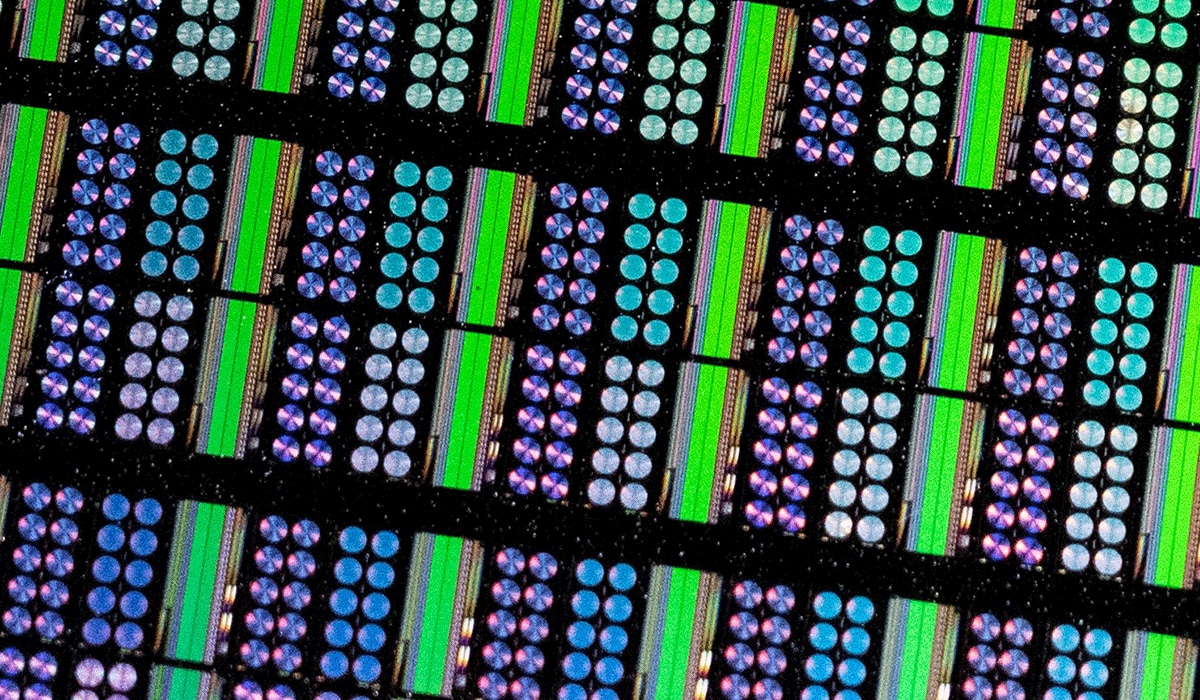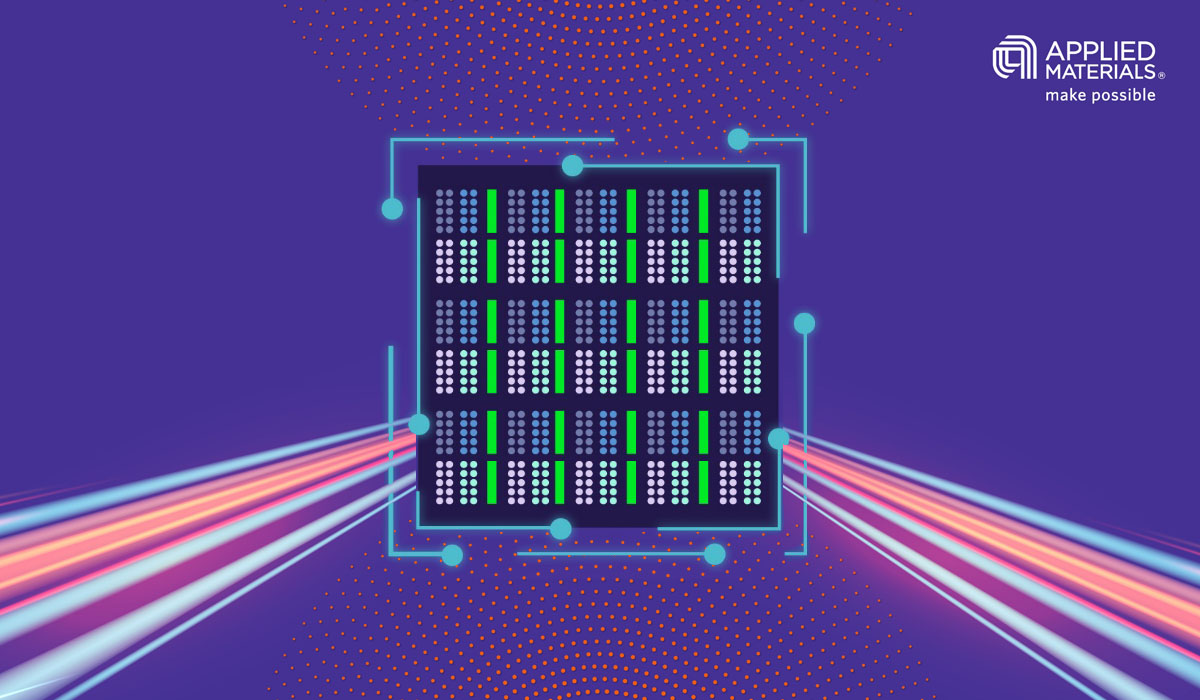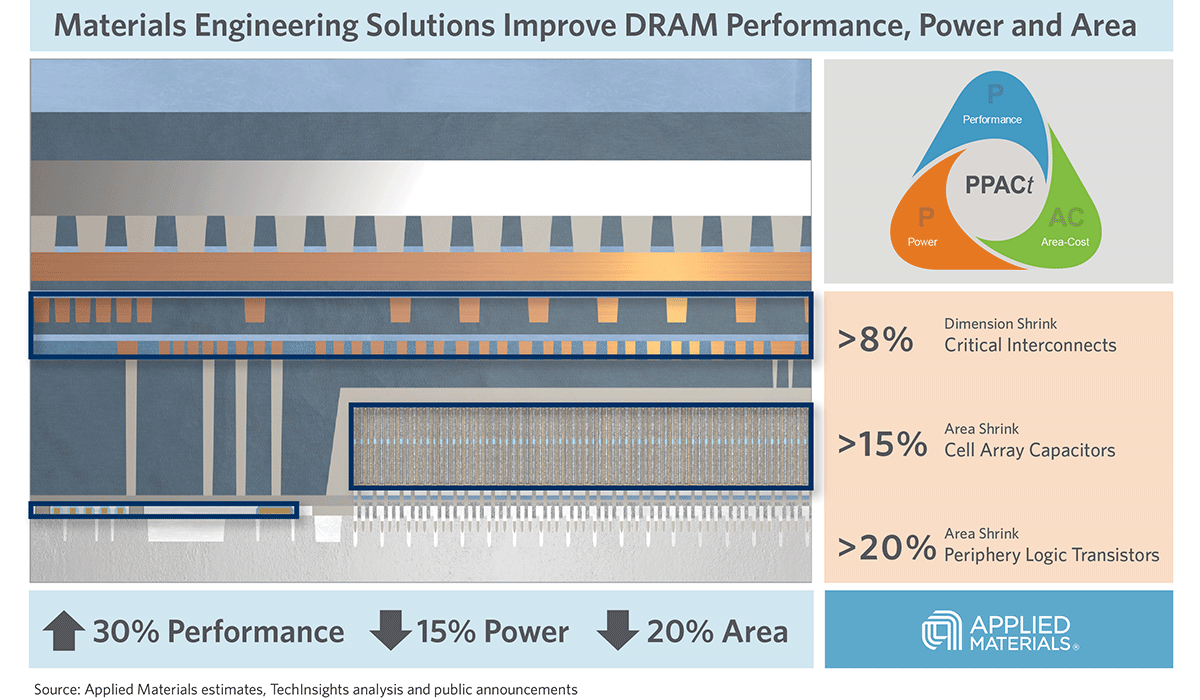Products & Technologies
Products & Technologies
Services
Resources
Posted
July 31, 2019

Stay updated on our content.
Exploring the Future of Memory at Flash Memory Summit

Jul 31, 2019
It’s an interesting time in the evolution of memory technology. The emergence of the Internet of Things (IoT) and 5G networks will fuel an explosion of data over the coming years, a majority of which will be generated by machines. Along with all this data comes the need for new computing architectures that can efficiently process and analyze data using AI and machine learning algorithms. To meet the performance and power requirements of these new architectures requires innovations in memory technology, including continued advancements in conventional memories as well as the increased adoption of new memory types.
At the Flash Memory Summit next week in Santa Clara, memory industry experts will gather to explore the future of memory technology. Applied Materials will give two presentations focusing on emerging memories:
- Mahendra Pakala, managing director of the Memory Group, Advanced Product Technology Development, will discuss the device roadmap for MRAM, including current and potential future applications, on Monday, August 5 at 10:25 a.m.
- Kevin Moraes, vice president of Metal Deposition Products, will present on the challenges and solutions for accelerating high-volume manufacturing of MRAM, PCRAM and ReRAM on Wednesday, August 7 at 4:35 p.m.
MRAM is emerging as a leading candidate for IoT devices because it is low power, nonvolatile, relatively fast and offers high endurance. PCRAM and ReRAM are fast, nonvolatile, low-power, high-density memories that can be used as storage class memory to fill the widening price-performance gap between server DRAM and storage. All three memory types are based on new materials and 3D structures that until recently have been too challenging for high-volume manufacturing.
Applied’s participation at the Flash Memory Summit is one of many activities the company has undertaken this year as the AI era unfolds and we look to engage with a broader cross-section of the technology ecosystem. With the slowing of Moore’s Law scaling, we believe the entire AI value chain—from materials scientists to the data scientists crafting algorithms—needs to work together much more closely and in parallel rather than the traditional serial process.
Recently, we hosted the second AI Design Forum™ where leading technology CEOs and industry thought leaders from across the computing ecosystem convened to discuss the future of computing—from materials to systems. Earlier this year, we presented an overview of device and system architectural evolution at the Neuro-Inspired Computational Elements (NICE) workshop. We’re also a member of the IBM Research AI Hardware Center and we’re working with Arm, Symetrix, the University of Colorado Boulder and the University of British Columbia on a project funded by the Defense Advanced Research Projects Agency (DARPA) to design new device structures for AI and their manufacturing recipes.
Both logic and memory architectures face new challenges and opportunities that depend on new materials and manufacturing processes to realize the promise of AI. To be successful in this new era will take all of us getting around the same table to discuss novel ideas and solutions to solve complex challenges. Next up for Applied is the Flash Memory Summit. See you there!
Tags: MRAM, PCRAM, ReRAM, Flash Memory Summit, artificial intelligence, iot, 5G
Applied Materials
Corporate Communications

The Applied Materials team publishes posts of general interest to our readers.

Now is the Time for Flat Optics
For many centuries, optical technologies have utilized the same principles and components to bend and manipulate light. Now, another strategy to control light—metasurface optics or flat optics—is moving out of academic labs and heading toward commercial viability.

Seeing a Bright Future for Flat Optics
We are at the beginning of a new technological era for the field of optics. To accelerate the commercialization of Flat Optics, a larger collaborative effort is needed to scale the technology and deliver its full benefits to a wide range of applications.

Introducing Breakthroughs in Materials Engineering for DRAM Scaling
To help the industry meet global demand for more affordable, high-performance memory, Applied Materials today introduced solutions that support three levers of DRAM scaling.
